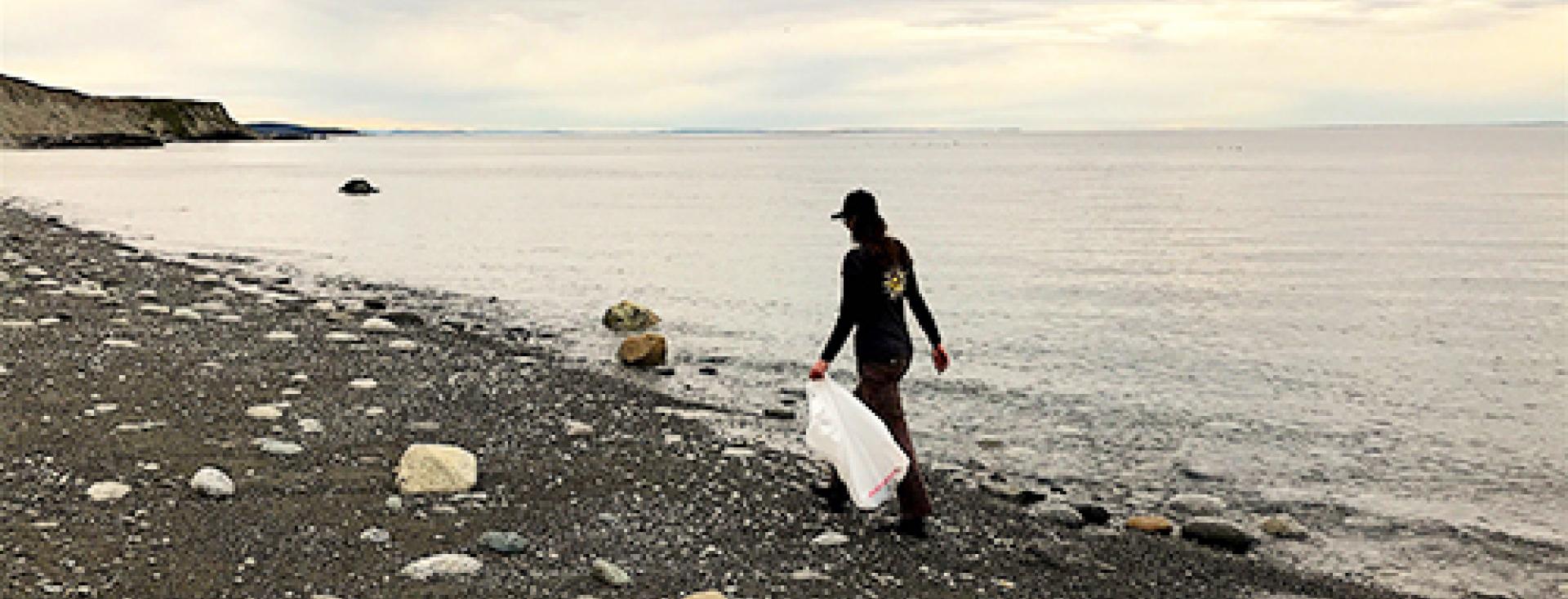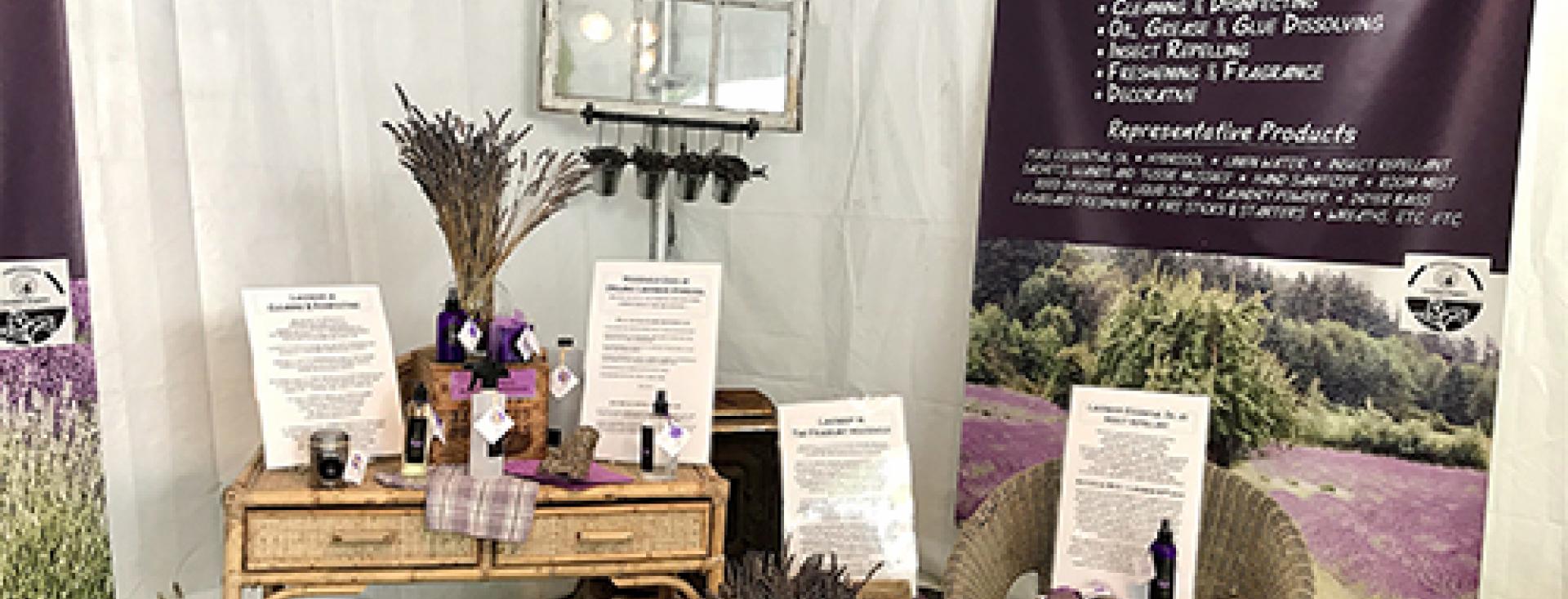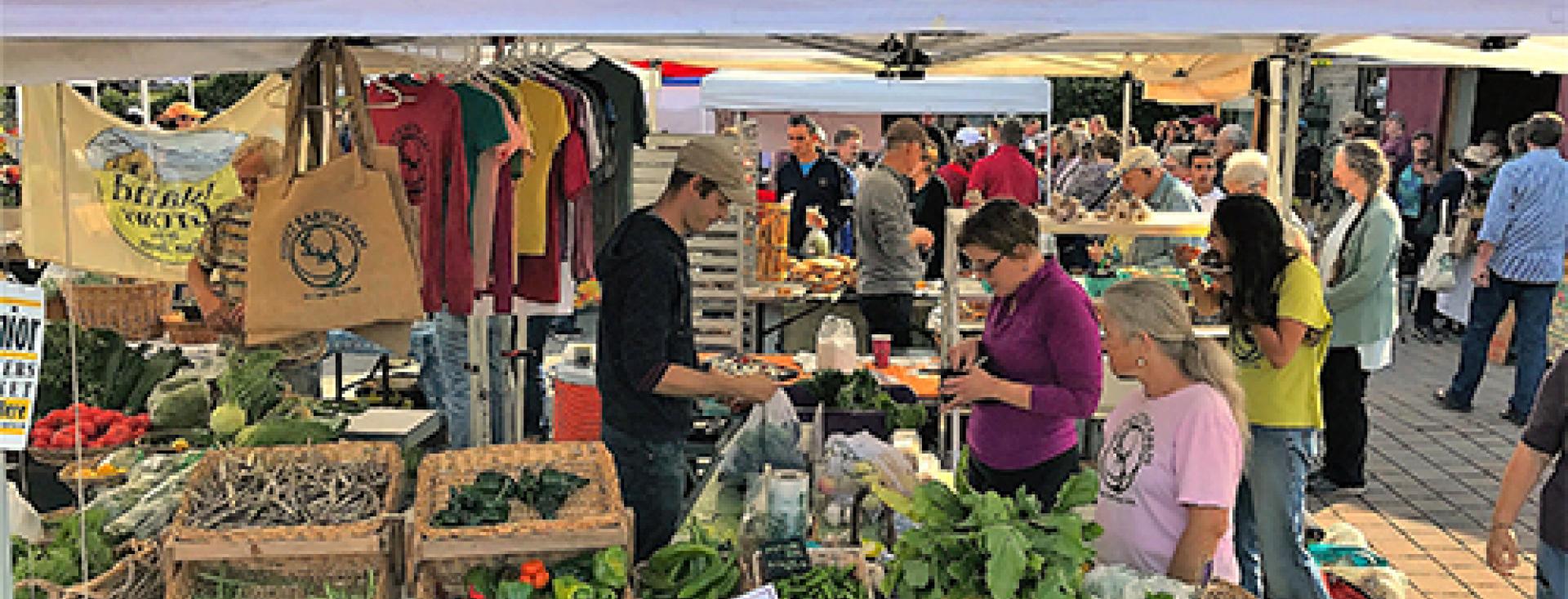
What you can do for the Orca Whales!
2018 was a killer whale of a year on San Juan Island. There was such good news and such sad news, amazing sightings, innovative, never-before tried actions, but maybe most importantly the whales of the Salish Sea were on everybody’s mind.
Our whale watching season started in Spring with almost daily sightings of the Biggs Killer Whales, also known as the transients. They travel in small family groups and hunt primarily for harbor seals. There is an overpopulation of harbor seals in our waters right now - over 30,000 call the San Juans their home- so the Biggs are doing amazing. They are having babies, they are fat and round and abundant.

Our Resident Orcas - J, K and L Pod- on the other hand had a soul-wrenching year. Their diet consists primarily of Chinook (King) Salmon. Salmon runs have dwindled to a fraction of what they used to be and our Black Fish are starving, with their population being at its lowest since 1976. The residents had a baby boom between 2014 and 2015, when 11 calves were born. One of the only five survivors of that boom was Scarlet, J50, who was so emaciated, that she looked like a one year old.
Okay, here you might go and grab a tissue.
Ready?
Then, J35, Tahlequah, had a baby in July, the first offspring for the residents in three years. It only lived for half an hour. Tahlequah carried the dead baby on her nose for 17 days. Day and night. Through rough seas. When it slipped off and sank, she dove deep down and retrieved it. Her family helped her when she got tired. For more than 1000 miles. From the full moon to the new moon. Under the skies hazy from the fires in the East. This Tour of Grief, as the press came to call it, was shared by the world and ultimately led to a radical new approach to try to help.
NOAA and local Native tribes got the Federal go-ahead to try to feed live Chinook (King) Salmon and medicine to Scarlet, J50, the three-year old Orca who scientists discovered was starving. Feeding Orcas is something never previously attempted. For weeks NOAA and folks from the Center for Whale Research observed and took breath and fecal samples. They shot a dart with antibiotics and a de-wormer into Scarlet, and even attempted to feed her live fish. She didn’t make it. Scarlet was declared dead on September 14.
The combination of salmon shortages and water pollution, as well as stressors like vessel noise, is leading to reproductive failure and will end in ultimate extinction of our Resident Orca families, if nothing changes. So how can we get the salmon back, the water clean, the ocean still? Together!
Here are 10 things you can do to help:
- Sign the petition to Breach the Lower Snake River Dams
Environmental impact statements have concluded that breaching those dams would recover millions of wild salmon in our region and give the orca a fighting chance to recover by increasing their food supply.
- Adopt an Orca
The Friday Harbor Whale Museum, the first museum in the nation to be dedicated to a species living in the wild and so worth a visit, offers an awesome Orca Adoption Program. The proceeds go directly to stewardship, education and research. This makes for a thoughtful gift for a whale enthusiast or a great opportunity to get your kids and their entire classroom involved.

- Clean a Beach
When heading to the beach or the river, bring two bags: one for treasures, one for garbage. Plastic, especially smaller pieces, are eaten by wildlife and make their way up the food chain. Plastic acts as an endocrine disruptor in any living beings and contributes to reproductive issues.
We here on San Juan Island do an island-wide beach clean-up every Earth Day. We would love you to join us.

- Clean Gently and Dispose Properly
Many conventional cleaning products, laundry detergents and body care products contain hormone-disrupting compounds like phthalates, phosphates, chlorine, and triclosan. Those toxins make it into our water ways and eventually our oceans, adding to the body burden of mammals high on the food chain and contributing to more reproductive issues.
Choose biodegradable and chemical free cleaning supplies and body care products to lighten the toxic load of the Orcas as well as your family.
Never flush prescription medication down the toilet. Antidepressants and the anti-baby pill for example, don’t get filtered out in sewage systems and end up in our water ways.
We here at the Bird Rock Hotel offer certified organic, non-toxic body care products from the local Pelindaba Lavender Farm in our guest rooms, which we dispense in bulk to cut down on waste. There are amazing. Check them out!
- Mind the Storm Drains
Don’t wash your car or change your oil in your driveway or in the streets. Go to facilities which can properly dispose of suds and oil, to avoid contaminated water run-off. Soaps and oil are toxic to aquatic wildlife. Many storm drains drain directly into water ways.
Make sure your car is in working order and doesn’t leak oil or antifreeze.

- Don’t panic, go Organic
Avoid using synthetic herbicides, fertilizers, pesticides and fungicides on your lawn and in your garden. Their estrogenic compounds disrupt the reproductive health of local fauna. Better yet, quit that lawn and plant a native garden. You’ll save water, labor and make many birds and bees happy.
Support your local organic farmers and keep you, your family, our land and water healthy by consuming food grown without harmful synthetic inputs. Reduce your carbon footprint by buying local food in season.
- Eat Wild, not Farmed
Never buy farmed fish. Farmed salmon get fed antibiotics, colors to appear pink, pesticides and other chemicals to keep them alive in their unnatural, tiny pens. Inevitabley, they escape. Our wild salmon contract horrible diseases from escaped farmed fish and have to compete for breeding grounds with these more aggressive, non-native fish.
- Restore Salmon Habitat
Connect with your local stream or watershed group and help plant native plant species, clean up litter and remove invasive species. When you plant a scrub at your local stream, you are helping salmon and orcas hundreds of miles away. Isn’t that beautiful?
- Be Whale Wise while boating
Please follow the guidelines when encountering marine mammals out at sea. Always stay at least 200 yards away (that’s the length of 2 football fields) and keep a clear path in the direction the whales are moving. Slow down to 7 knots within 400 yards. Never touch, feed, disturb or swim with marine mammals.
When going Whale Watching on a boat, choose a company that is responsible and conscientious about viewing wildlife, like our friends at at San Juan Safaris and the Western Prince, who both give part of their proceeds to salmon restoration and actively support the marine health of the Salish Sea.
- Conserve
Conserve water and electricity. Reuse and recycle. Don’t buy more food than you’ll eat. Use a refillable water bottle rather than buying single-use plastic bottles.
Let’s all do our part and be good stewards and neighbors of our beautiful State to help keep our orcas alive and healthy for many generations to come.

